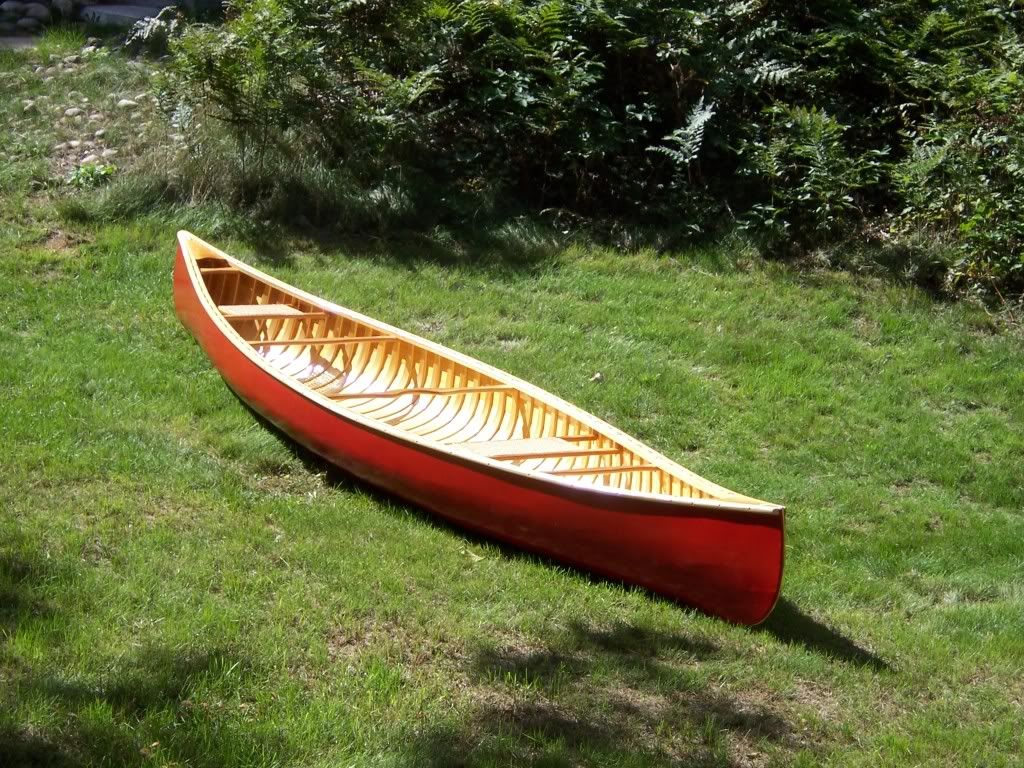greatlakes
LOVES Wooden Canoes
I've decided to shorten my 16' Pal form by two feet as soon as I finish planking the present canoe. Due to recent surgery I won't be able to lift a sixty pound canoe for a long time to come.
If successful in ending up with a 14' form, what are all the options I have to end up with a 35# canoe of that length? I suppose I can always go with thinner ribs/planking, lighter wt canvas, all-cedar decks, etc.
Any input will be much appreciated. Thank you in advance.
If successful in ending up with a 14' form, what are all the options I have to end up with a 35# canoe of that length? I suppose I can always go with thinner ribs/planking, lighter wt canvas, all-cedar decks, etc.
Any input will be much appreciated. Thank you in advance.


